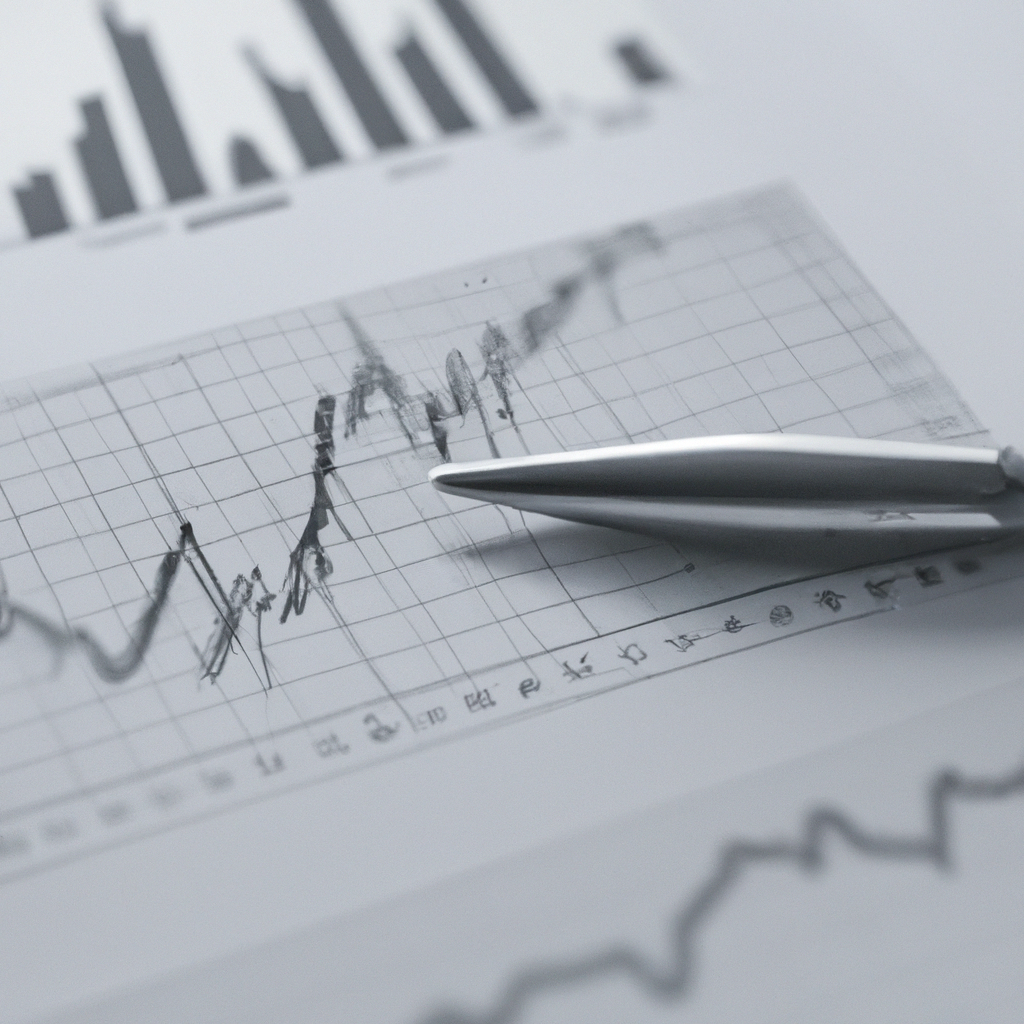Economic Indicators Reports: A Key Tool for Understanding the Economy
Introduction
In the world of finance and economics, staying informed about the state of the economy is crucial. To make informed decisions, investors, policymakers, and businesses rely on a variety of tools and resources. One such tool is the economic indicators report, which provides valuable insights into the overall health and performance of an economy. In this article, we will explore the significance of economic indicators reports and how they help us understand the complexities of the economy.
What are Economic Indicators?
Economic indicators are statistical data points that provide information about the current state of an economy or specific sectors within it. These indicators can be used to gauge the overall health of an economy, identify trends, and predict future economic performance. They cover a wide range of factors, including employment rates, inflation, consumer spending, GDP growth, and more.
The Importance of Economic Indicators Reports
Economic indicators reports compile and present the data collected from various sources into a comprehensive and accessible format. These reports are typically released on a regular basis, such as monthly, quarterly, or annually, and are widely followed by economists, analysts, and investors. Here are some key reasons why economic indicators reports are essential:
1. Assessing the Business Cycle
Economic indicators help identify where an economy stands in the business cycle. The business cycle consists of four phases: expansion, peak, contraction, and trough. By analyzing indicators such as GDP growth, industrial production, and employment rates, economists can determine whether an economy is in a period of growth or recession. This information is crucial for businesses and investors to make informed decisions about resource allocation and investment strategies.
2. Predicting Inflation and Interest Rates
Inflation and interest rates play a significant role in shaping economic conditions. Economic indicators such as the Consumer Price Index (CPI) and Producer Price Index (PPI) provide insights into the rate of inflation. By monitoring these indicators, policymakers can adjust monetary policies to control inflation and stabilize the economy. Additionally, indicators like the Federal Funds Rate and Treasury yields help predict changes in interest rates, guiding investors in making decisions related to borrowing and lending.
3. Tracking Employment and Labor Market
Employment indicators, such as the unemployment rate and nonfarm payrolls, offer insights into the labor market’s health and dynamics. These indicators help policymakers gauge the overall strength of the job market and determine if it is experiencing growth or decline. For businesses, these indicators are crucial for understanding the availability of skilled labor and making hiring decisions.
4. Analyzing Consumer Behavior
Consumer spending is a vital driver of economic growth. Economic indicators like retail sales, consumer confidence, and personal income provide valuable information about consumer behavior and sentiment. By monitoring these indicators, businesses can assess consumer demand and adjust their marketing and production strategies accordingly. Investors also use these indicators to gauge the overall health of the economy and make predictions about future market conditions.
Conclusion
Economic indicators reports are invaluable tools for understanding the complexities of the economy. By analyzing these reports, economists, policymakers, businesses, and investors gain insights into the overall health and performance of an economy. Whether it is assessing the business cycle, predicting inflation and interest rates, tracking employment trends, or analyzing consumer behavior, economic indicators provide a comprehensive overview of the economic landscape. Staying informed about these indicators is crucial for making informed decisions and navigating the ever-changing world of finance and economics.

